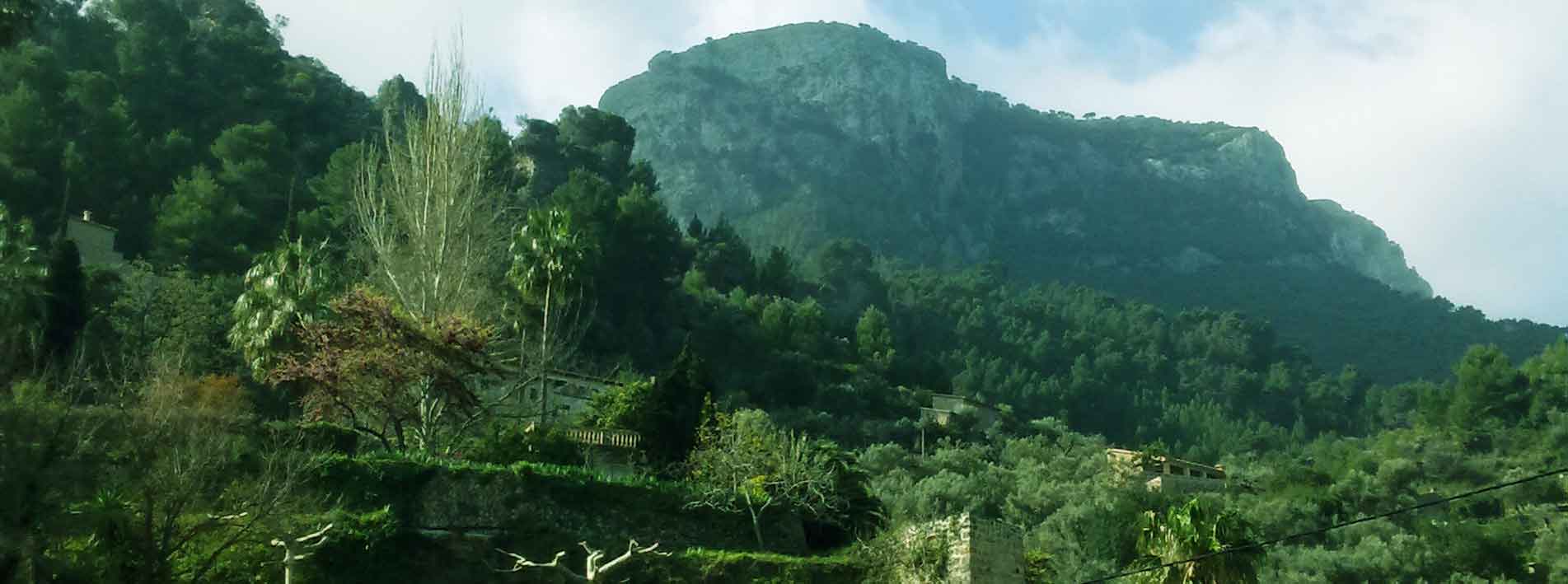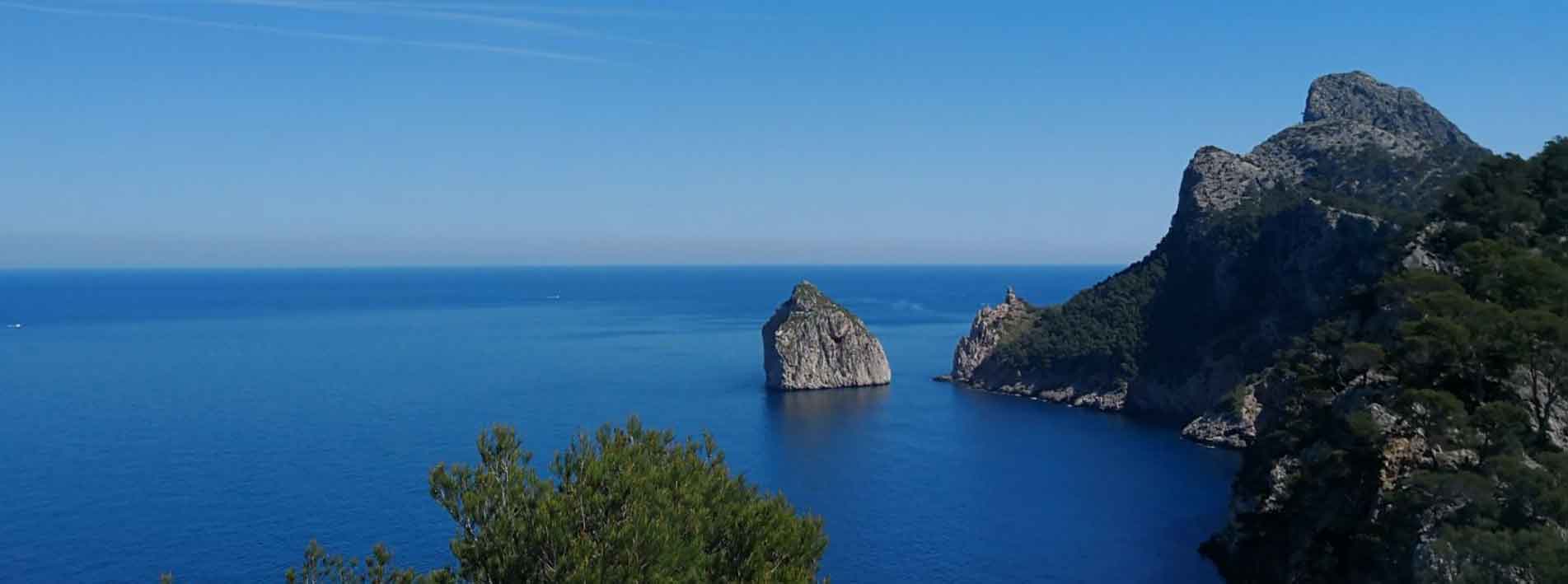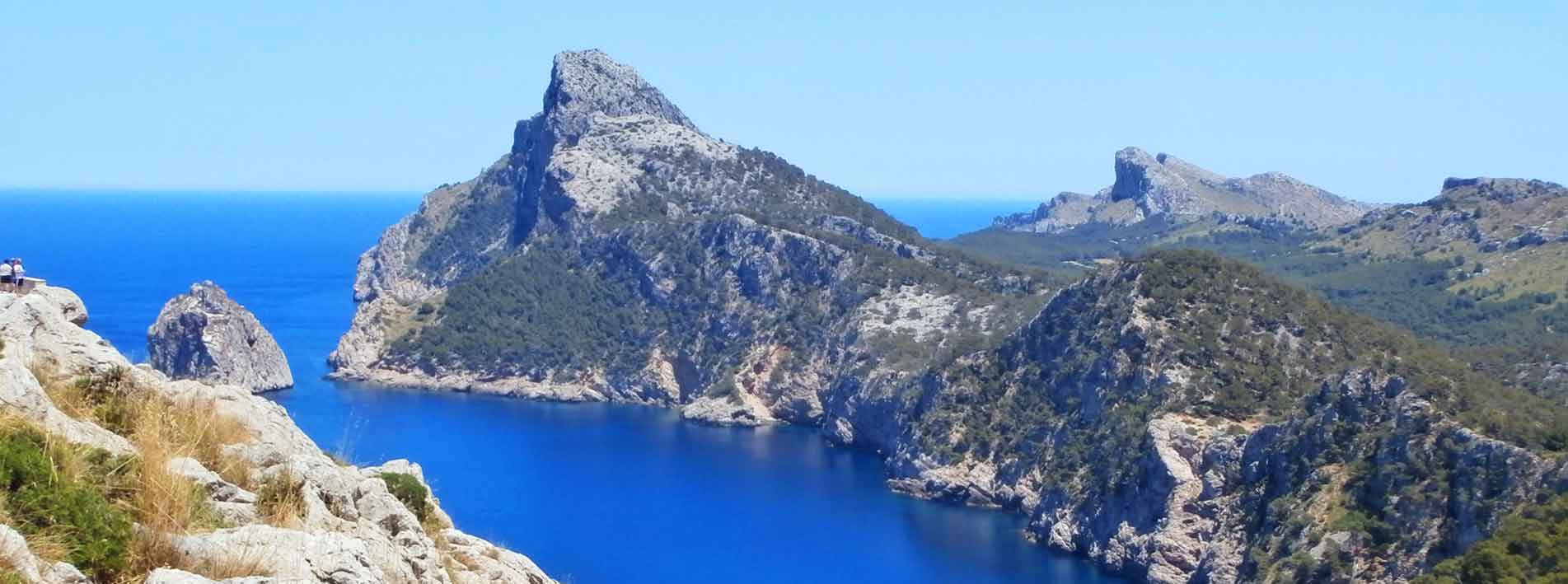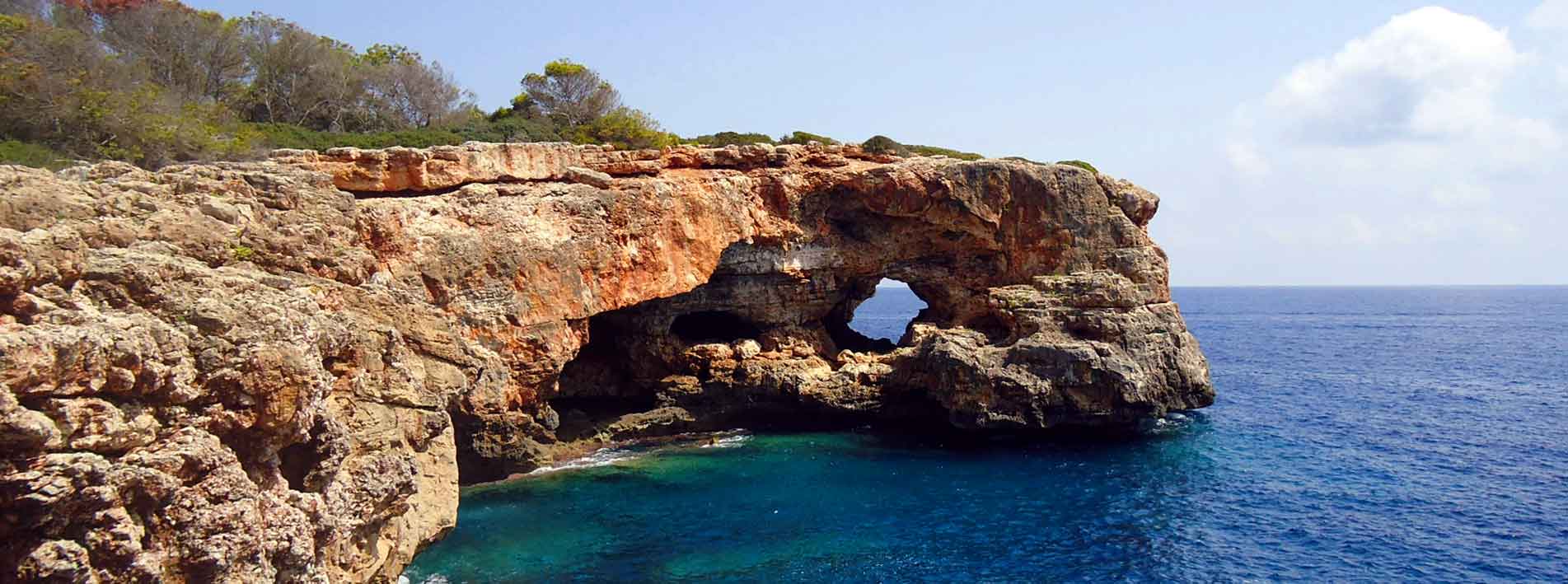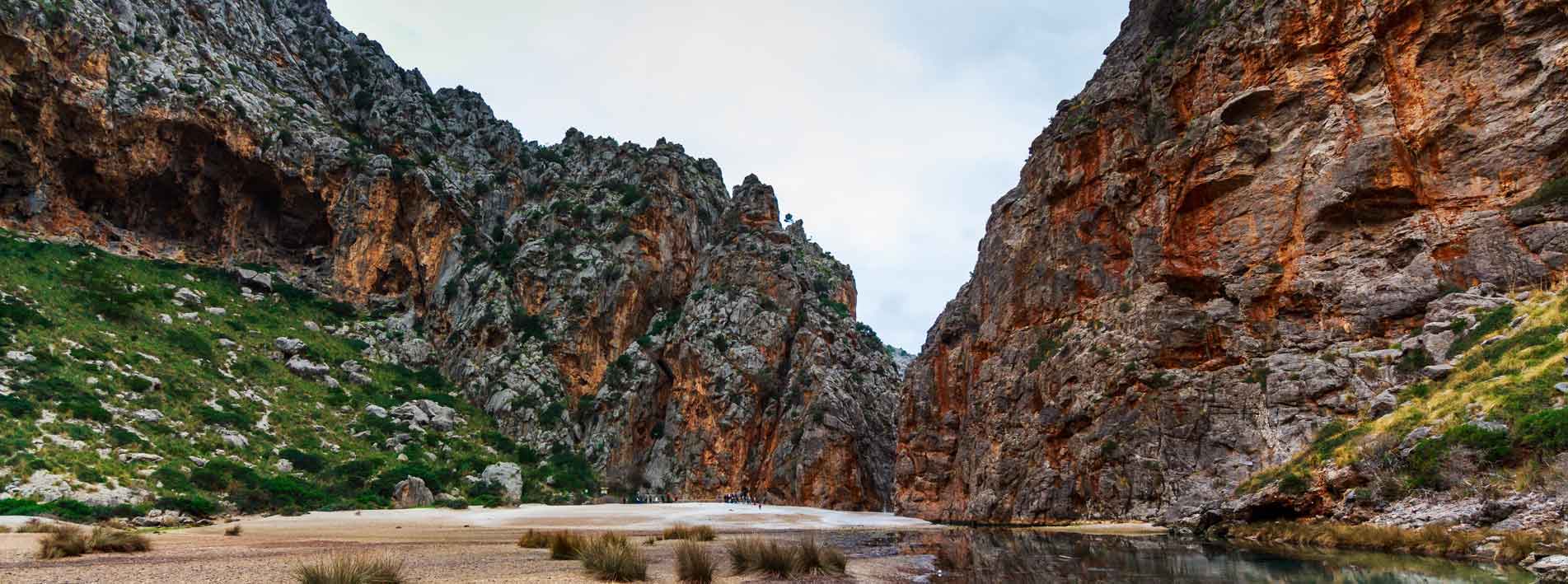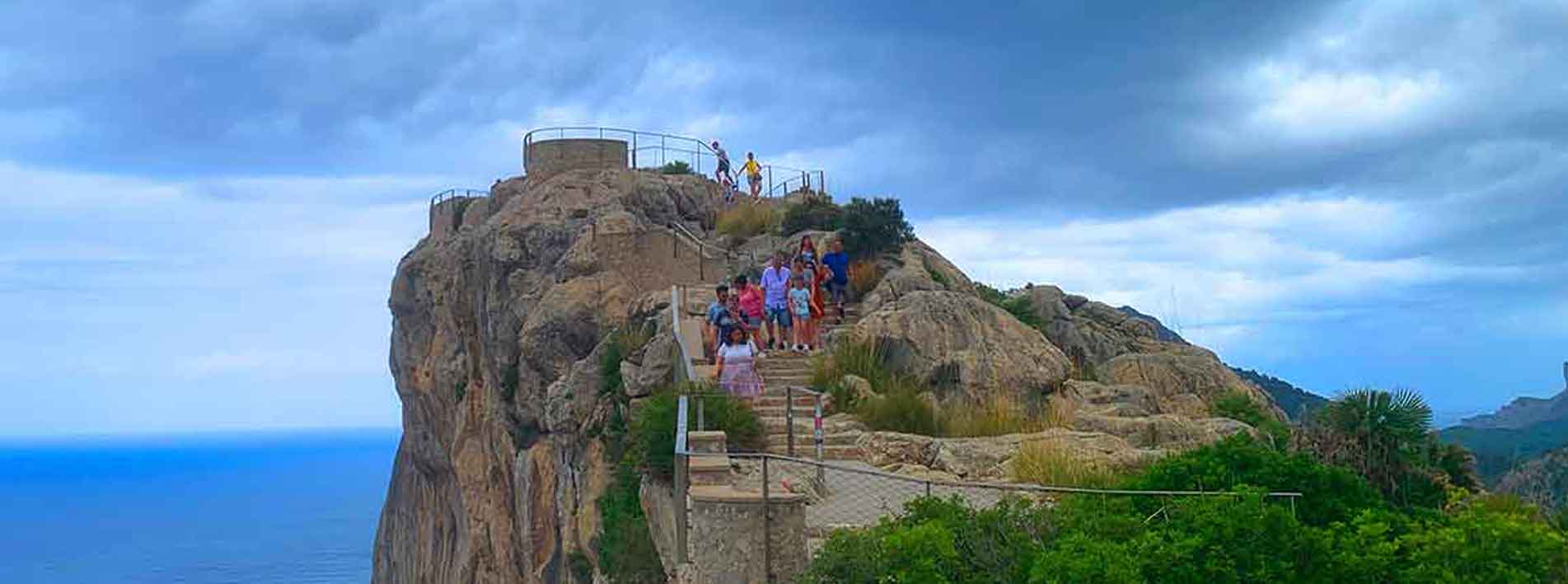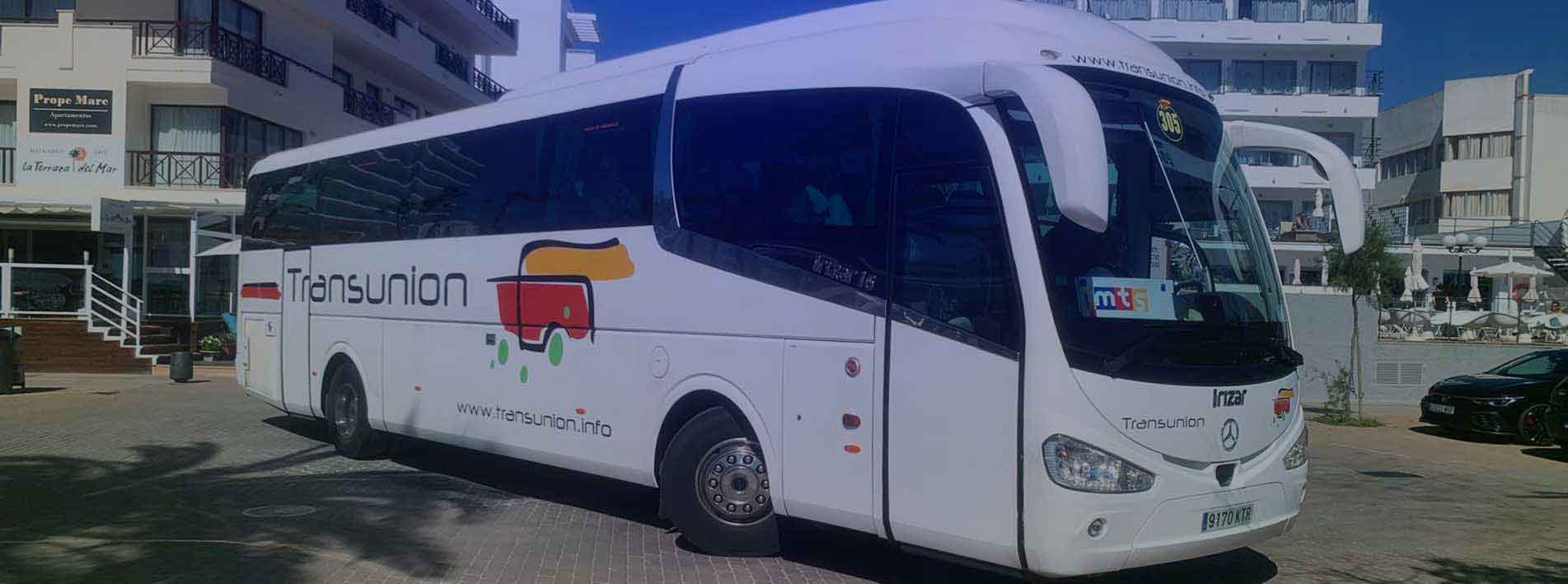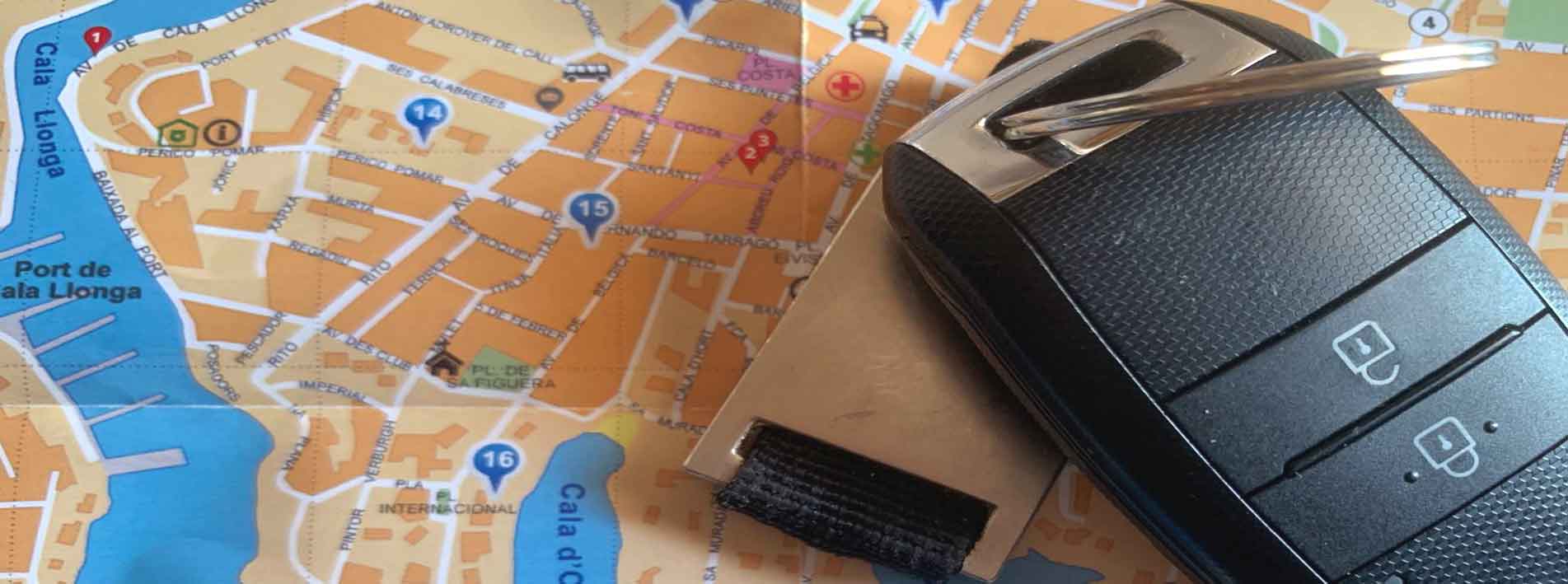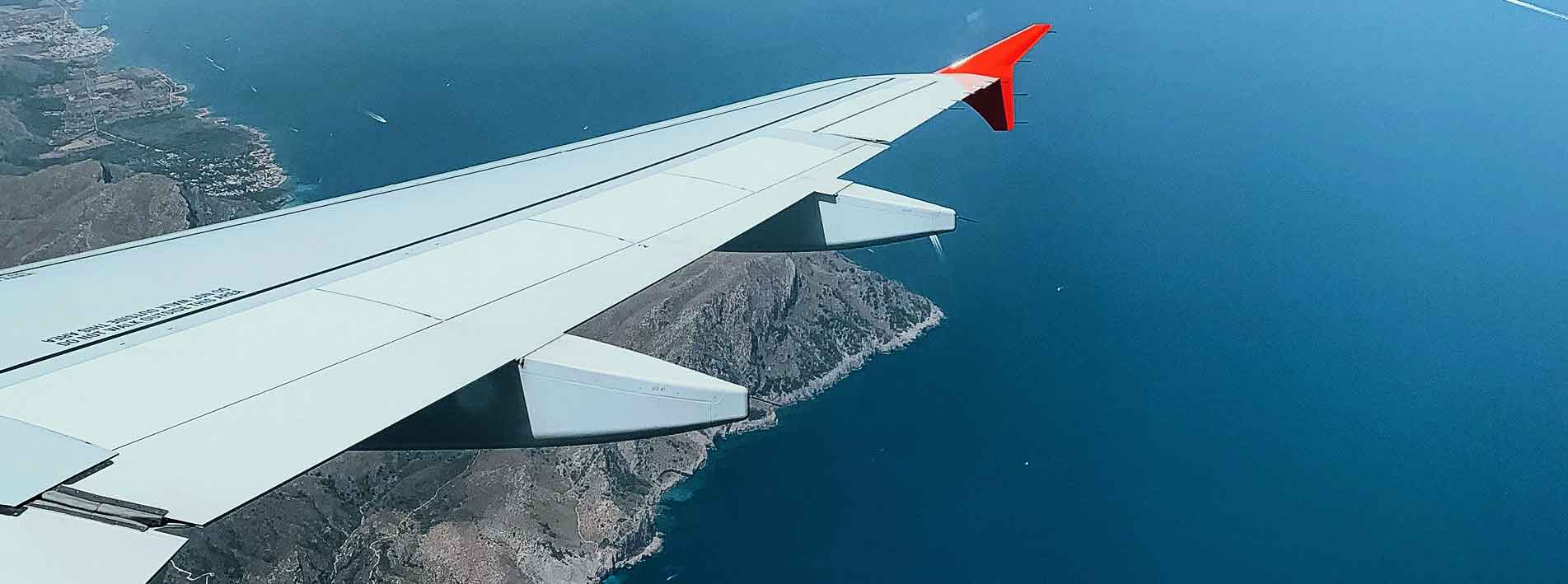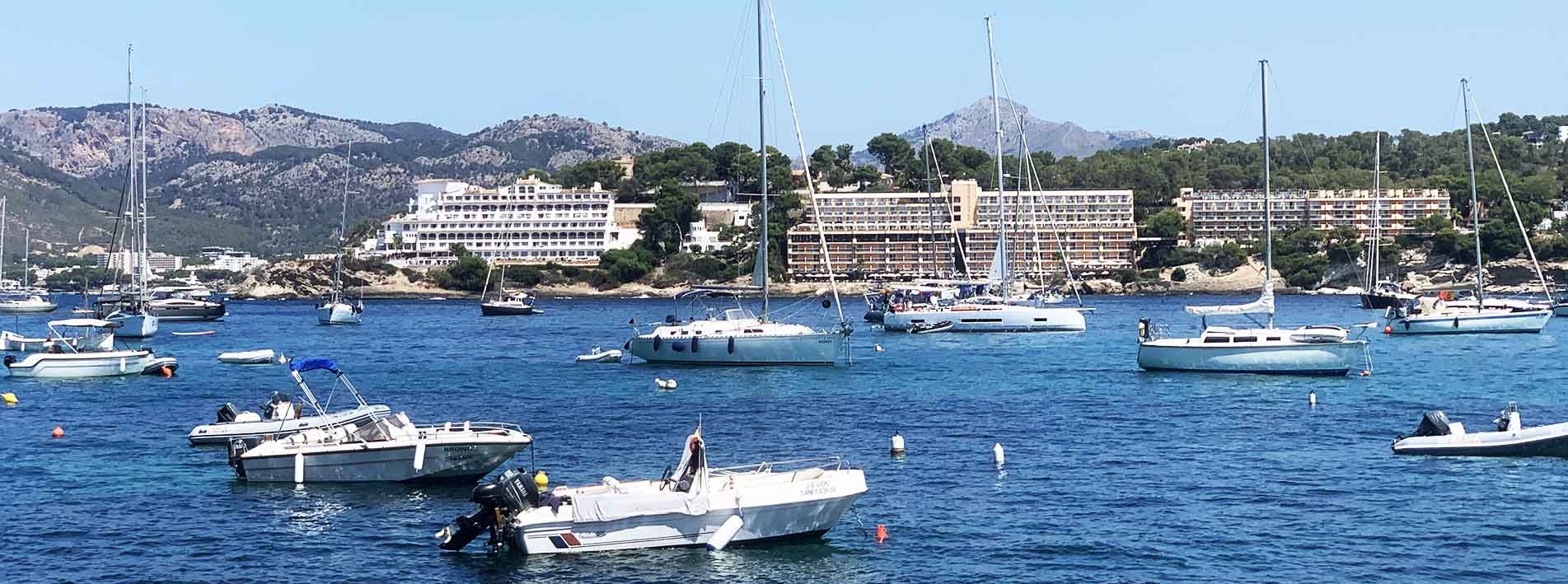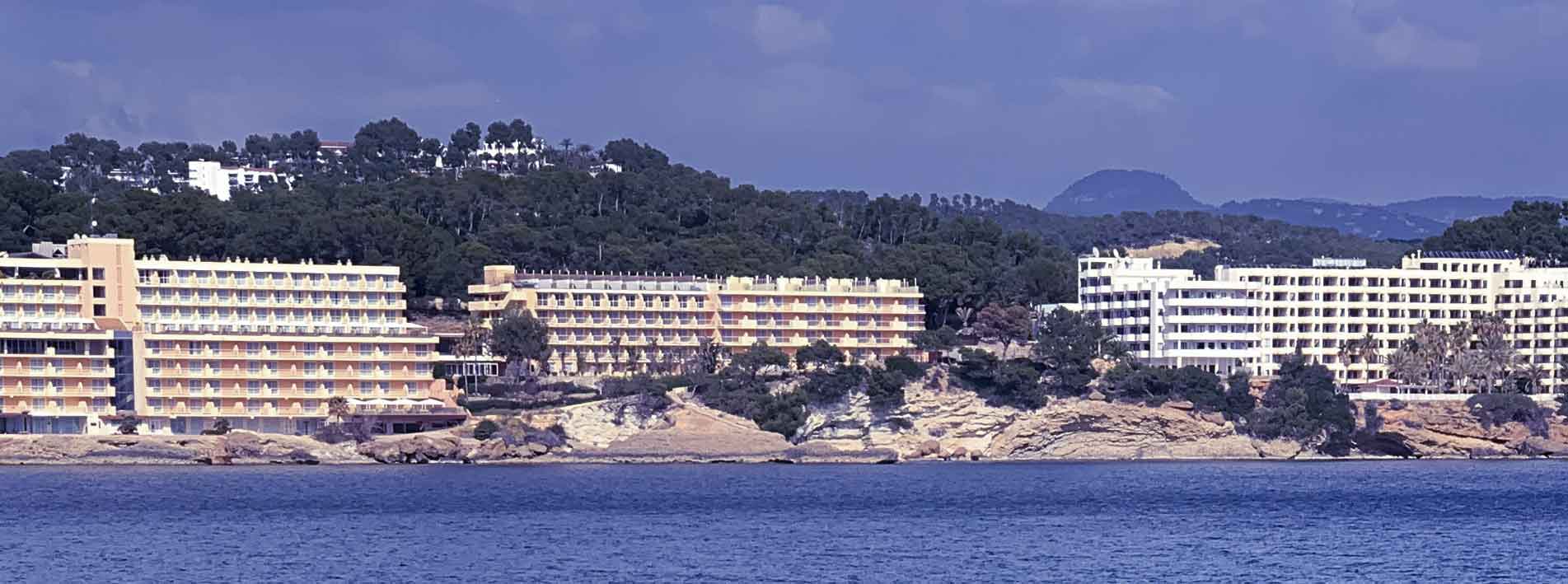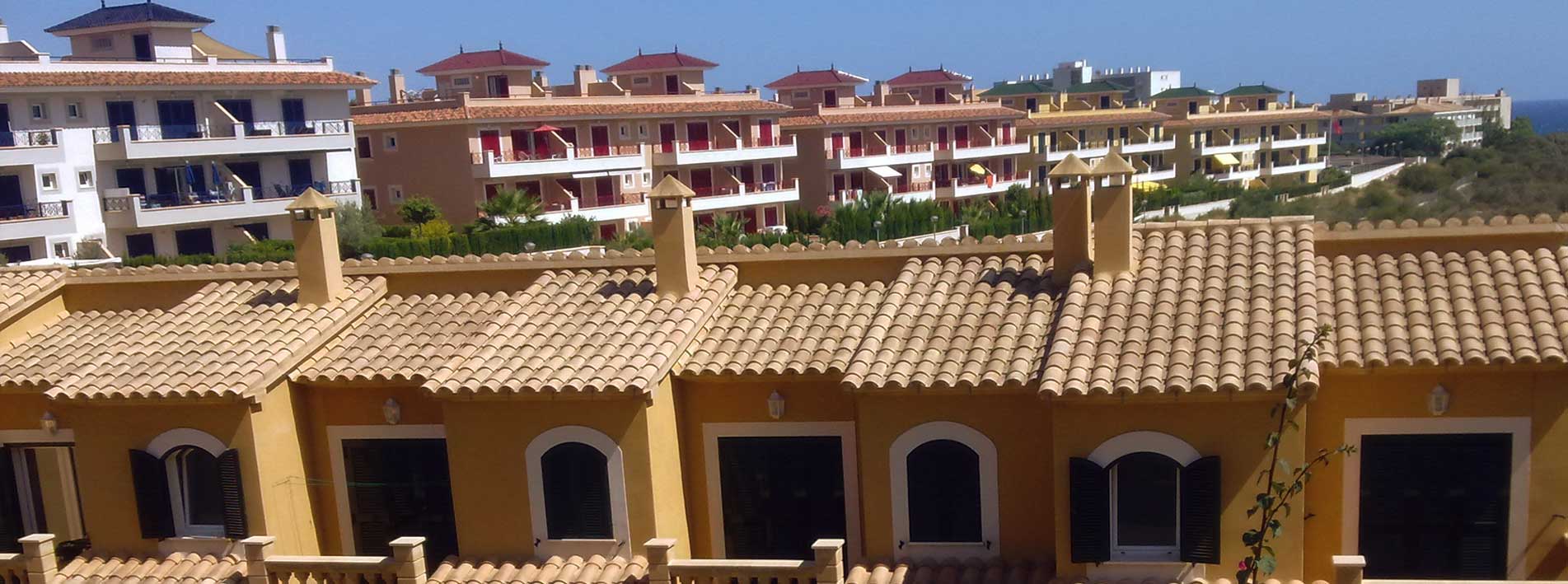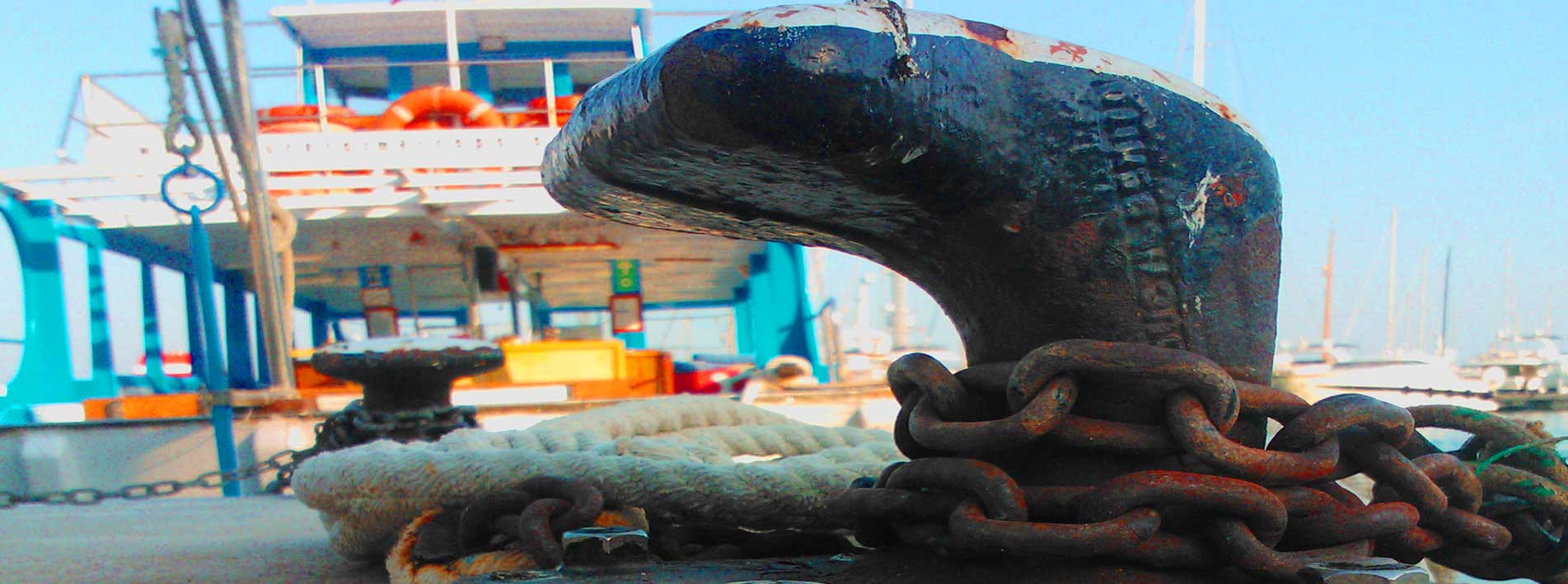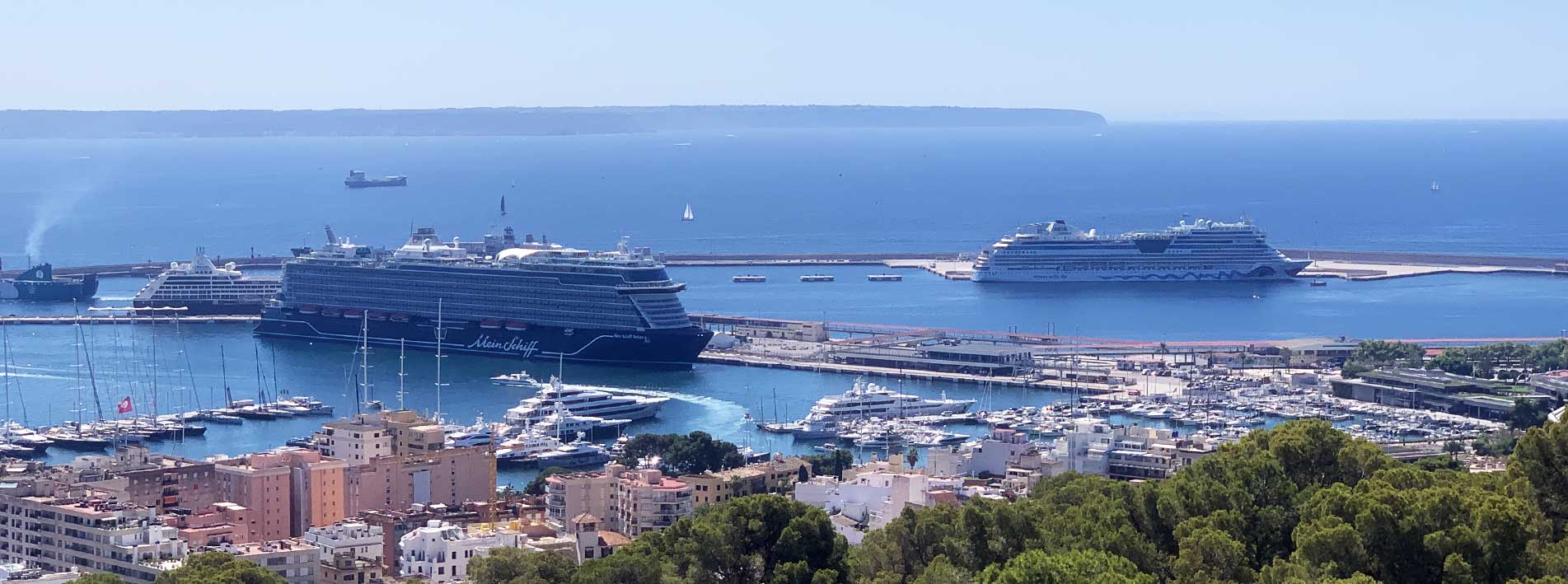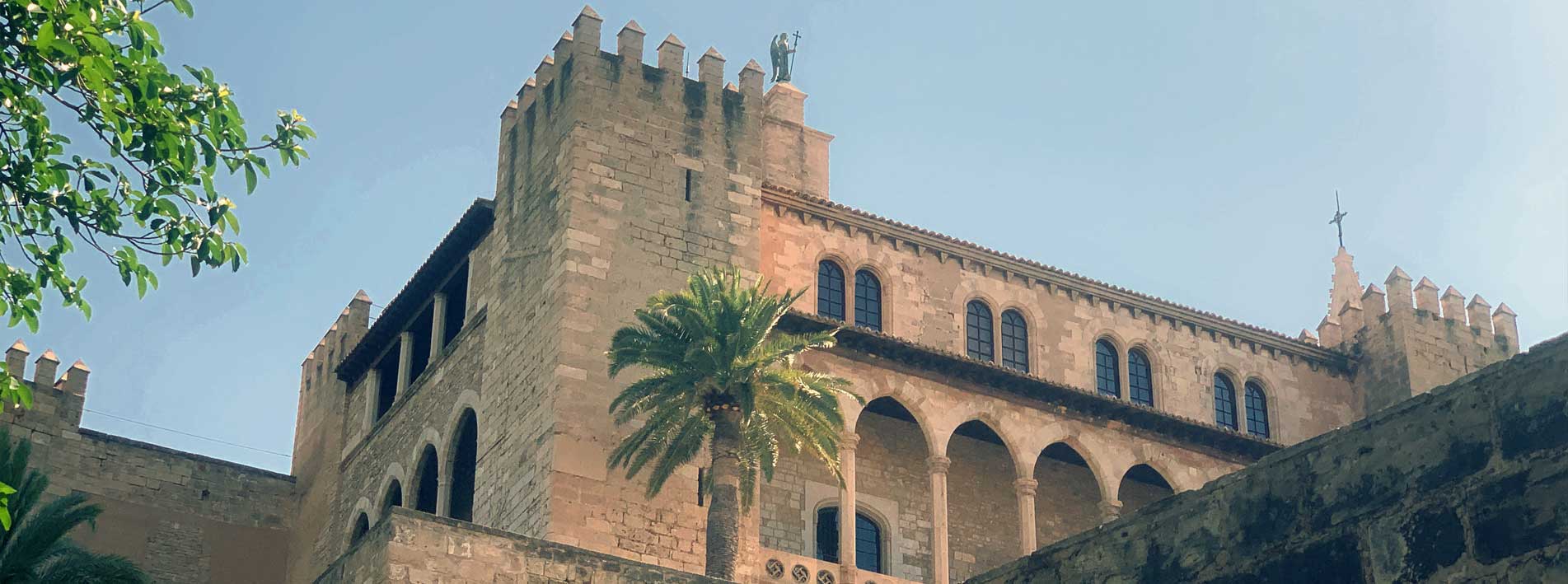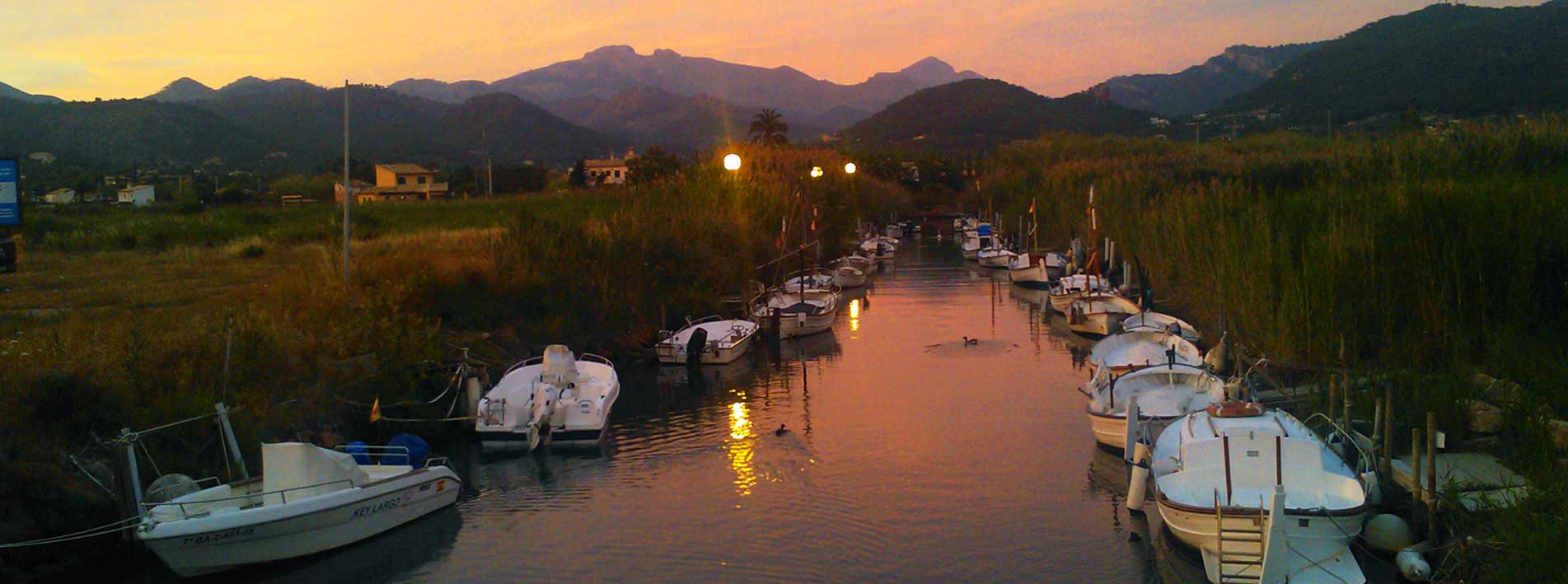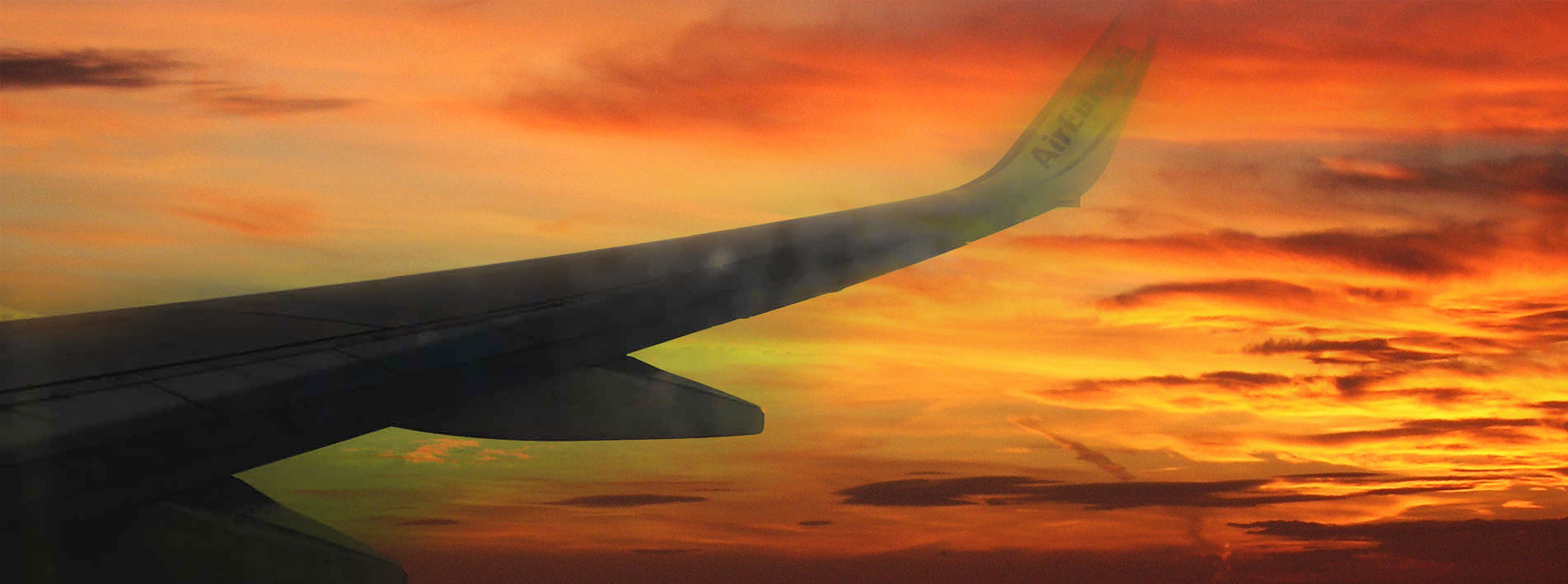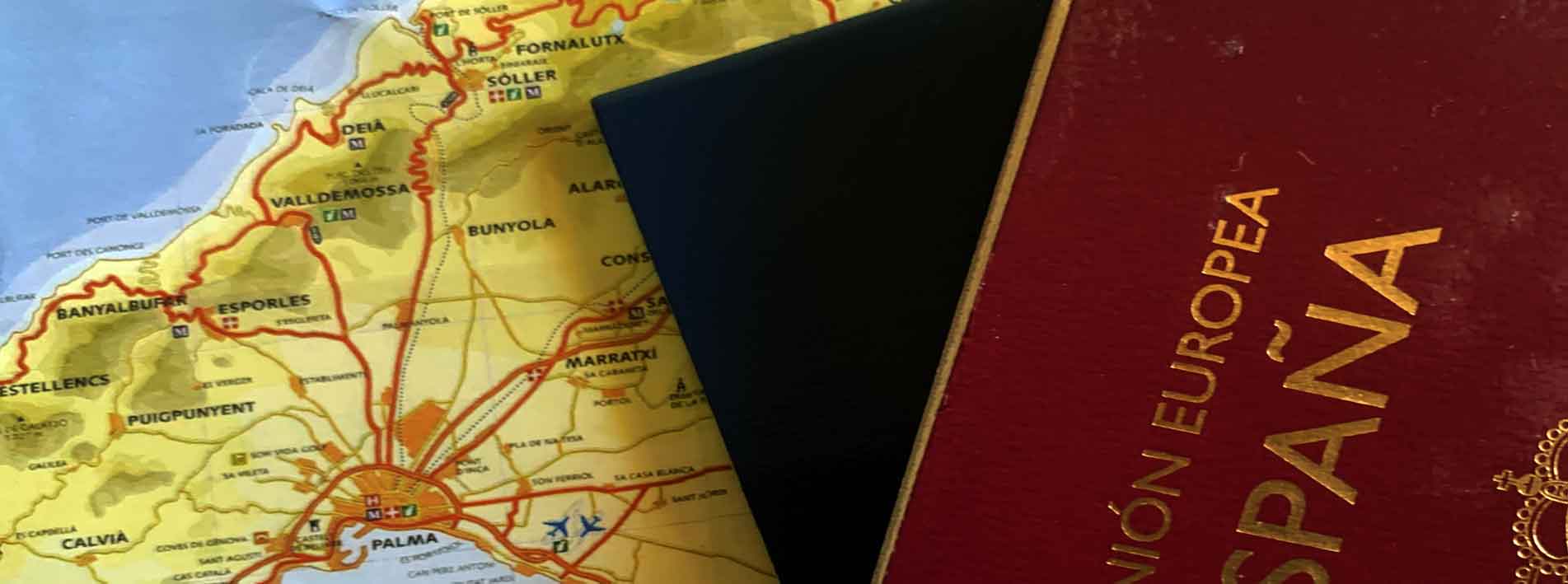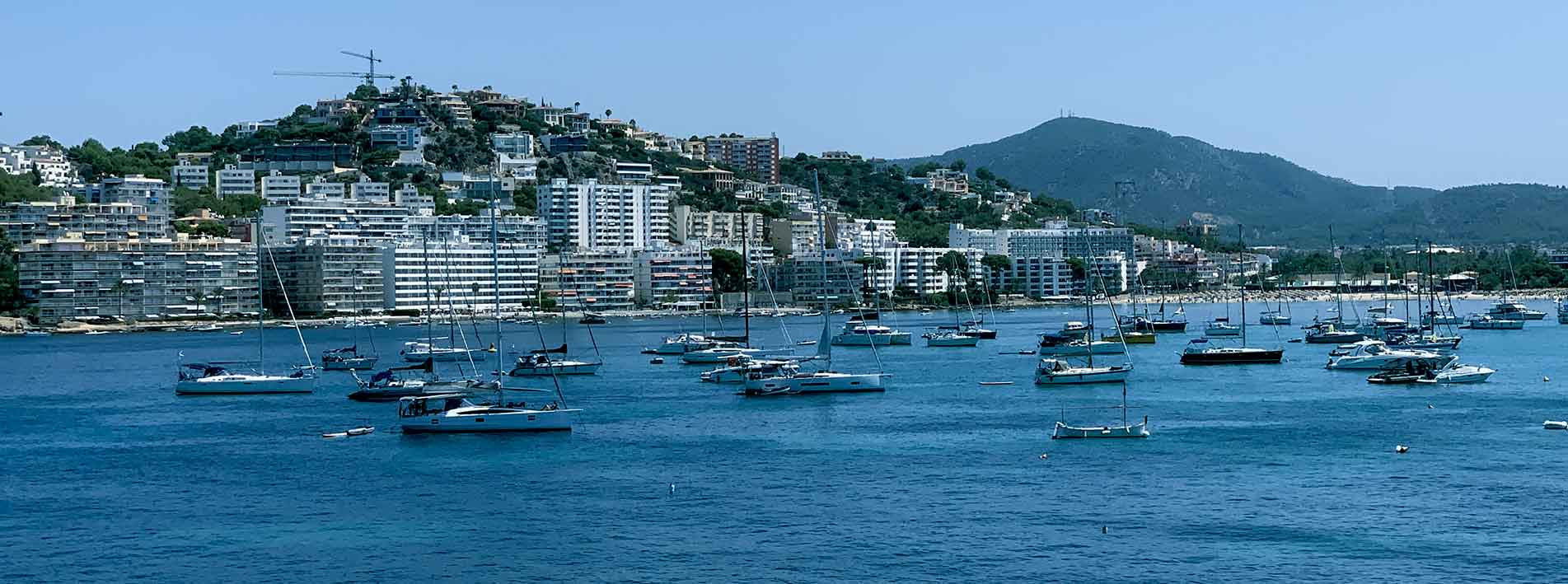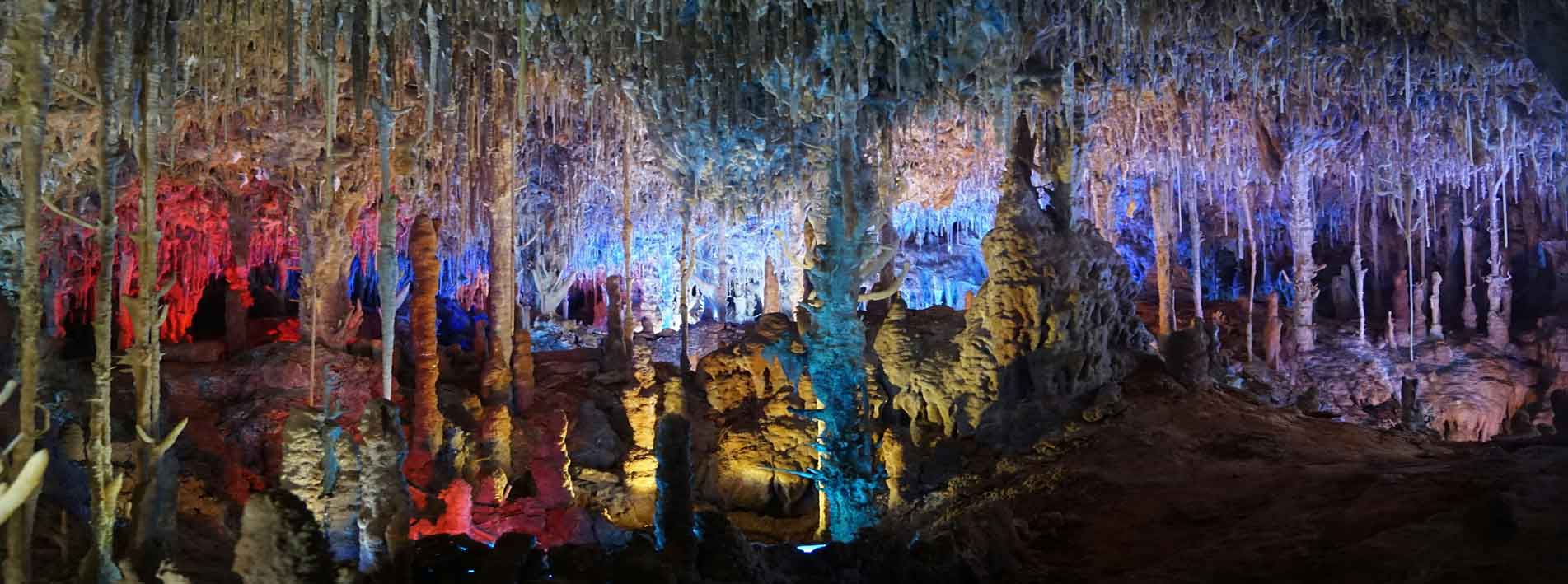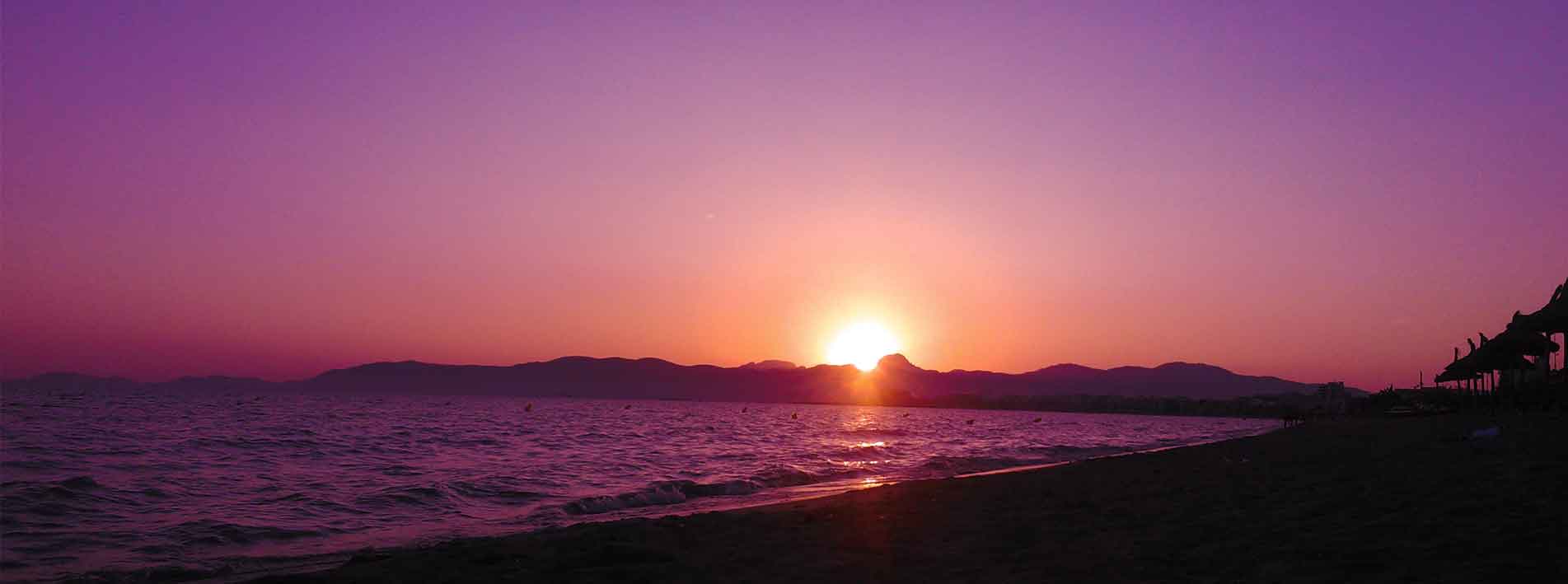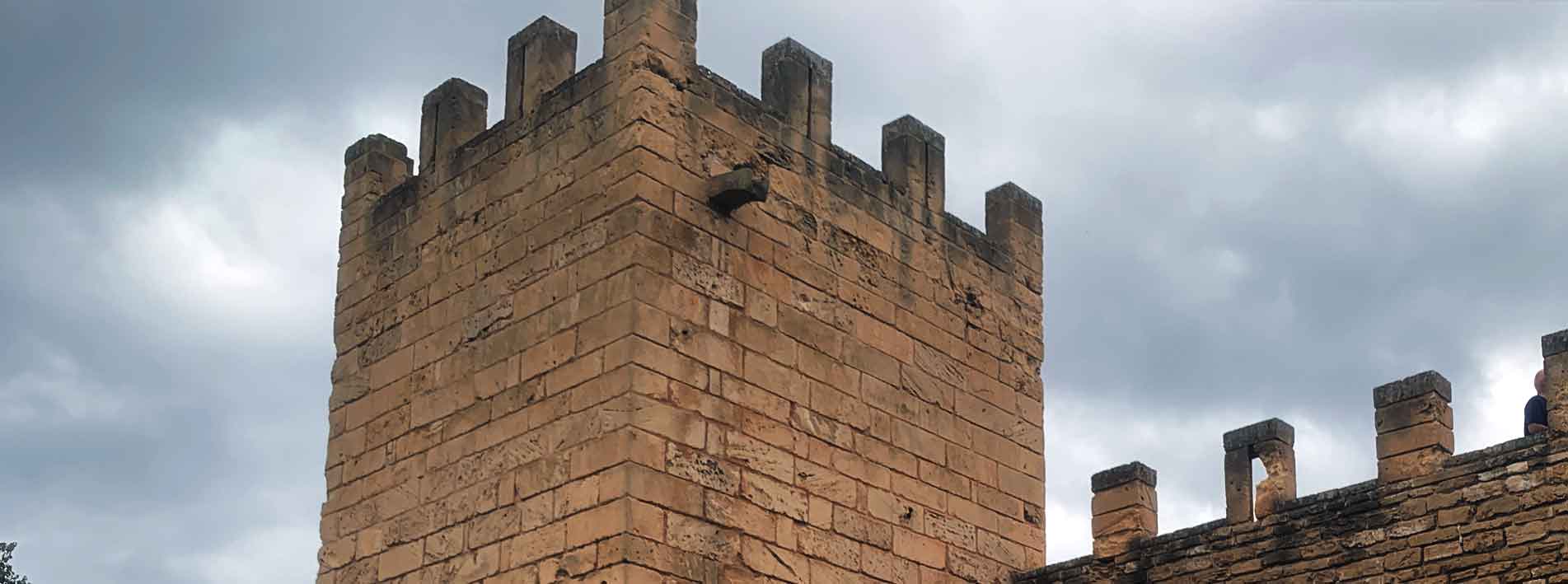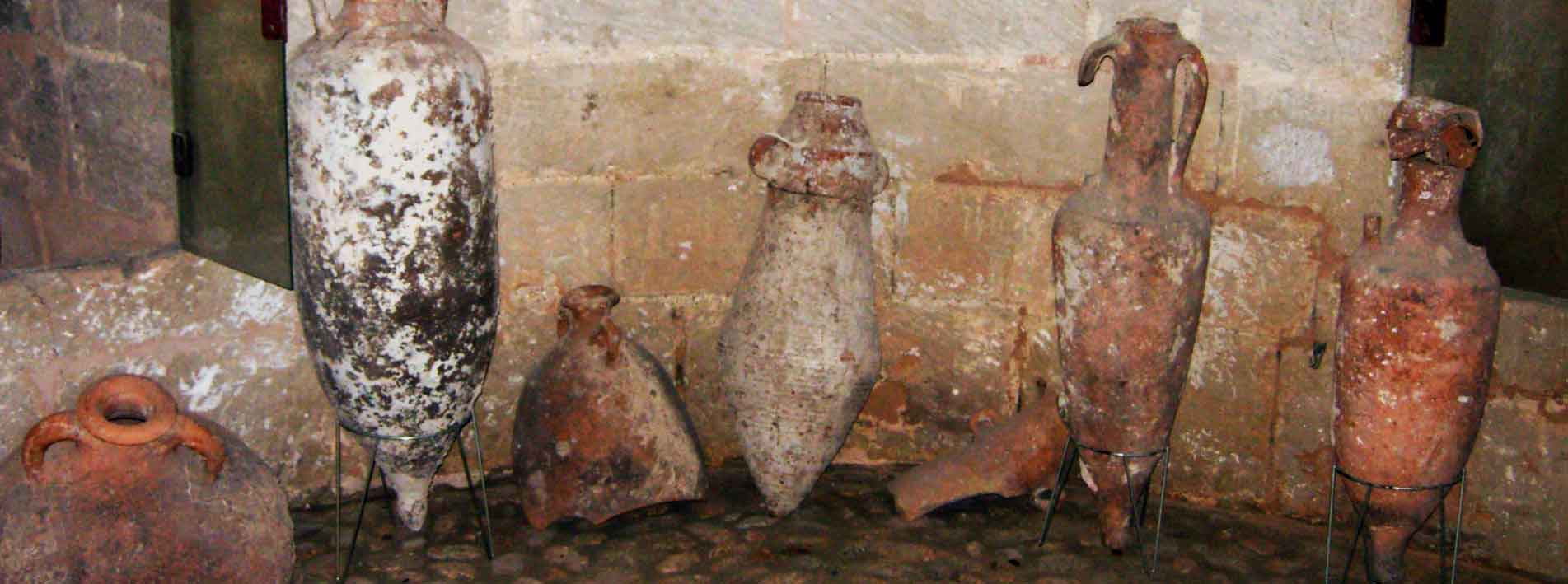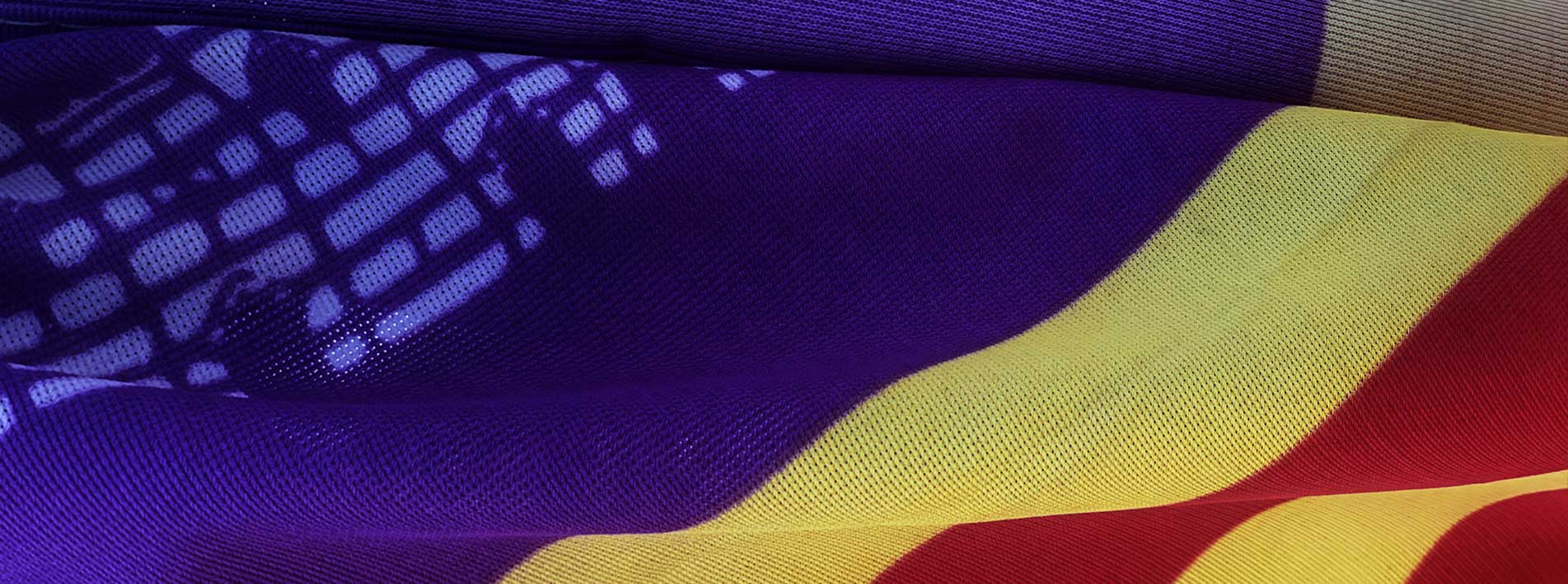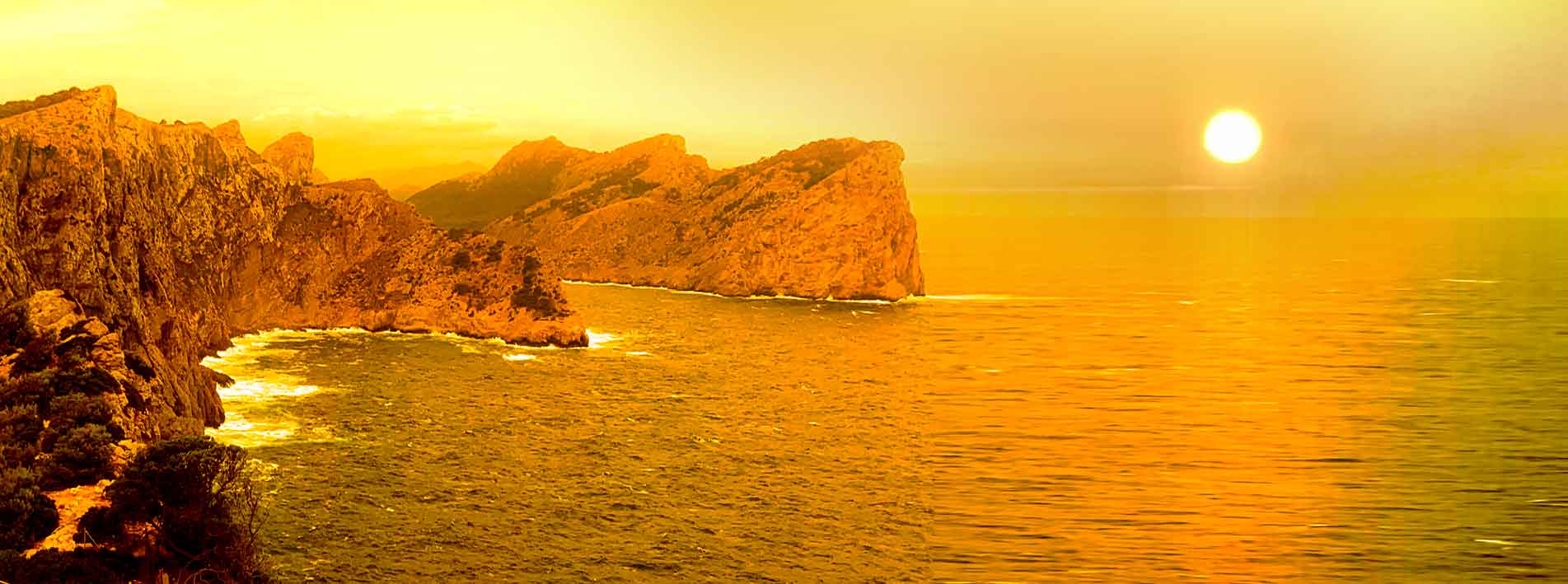Geography of Mallorca
Mallorca is the largest of the Balearic Islands; it is located in the east of mainland Spain. The island’s privileged location, in the centre of the western Mediterranean, offers excellent climatic, cultural and scenic conditions, as well as guaranteeing fast, comfortable and fluid communications with the rest of Europe. So strategic is its Mediterranean enclave that the furthest point of the continent is only four hours away.
In the geography of Mallorca:
Geography of Mallorca: Mountainous areas
The island is divided into two mountainous regions, each about 50 miles (80 km) long, occupying the western and eastern thirds of the island. On one side is the imposing Serra de Tramuntana, which stretches from the northwest to the southwest of Mallorca. The Serra de Tramuntana is home to the island’s highest peaks: Puig Major and Puig Massanella (which is the highest accessible peak on the island).
The Serra de Llevant -less rugged than the Tramuntana, but no less impressive- is the other mountainous region that lines the east coast. This southeastern Mallorcan mountain range, much less rugged (some of its elevations are barely more than 550 metres high), is known for its extensive limestone caves and beautiful underground lakes. Despite its lesser impact, the Serra de Llevant is visited by countless travellers who come every year to admire the fantastic landscapes and the exuberant flora (pine groves, olive groves, Mallorcan garrigues, mastic trees, heather, etc.) that characterise it. In this region of the island there are well-preserved and more humid enclaves of the Sierra, such as Cala Mesquida, where it is common to take shelter in the shade of the strawberry trees.
Geography of Mallorca: Es Pla, the plain
In the centre-north of the island is the fertile plain of Es Pla, where most of the island’s agriculture is concentrated, as its mostly flat land is ideal for sowing and cultivation. This central plain of Mallorca has been, since time immemorial, the ideal setting for the cultivation of olive trees, cereals, non-citrus fruit trees and fodder crops. In Es Pla de Mallorca (an important wine-growing region of Mallorca) we can find several prestigious wineries, where some of our best wines come from. Many of them have their own designation of origin.
Geography of Mallorca: Coasts
Geography of Mallorca: The island has a rugged rocky coastline. Mallorca’s rugged coastline often has steep ravines and densely terraced hillsides. Along the Mallorcan coastline there are fascinating coves with clear waters, many caves and beautiful bays. Among the more than 200 beaches and numerous bays of Mallorca, the northeast, for example, has two famous and extensive inlets: the Bay of Pollença and the Bay of Alcudia. In the south-west we have, for example, the emblematic and much-frequented bay of Santa Ponsa or the famous Bay of Palma, which always rewards visitors with magical sunsets.
Geography of Mallorca: Interesting facts
Surface area: 3,640 km².
Coastal perimeter: 554.7 km
Highest point: 1,436 m (Puig Major)
Average annual temperature: 18.7 °C
Average annual hours of sunshine: 2,958.7
Total population: 949 047 inhabitants in 2024.
Density: 265,5 inhabitants/km².
Climate of Mallorca
Mallorca enjoys a Mediterranean climate with significantly high rainfall in the Serra de Tramuntana. The plains have hot summers and mild, cool winters, but in the highlands the cold intensifies during the winters, with occasional snowfalls. Snowfall at sea level in Mallorca is very sporadic, almost non-existent. Winter is mild, with sunny days, but also with periods of wind and rain that can last from December to February. October and November are the coldest months on the island.
Summer in Mallorca is sunny and very hot, becoming sultry. From June to mid-September temperatures can exceed 36 ℃. The humidity level at this time ranges between 50% and 95%, which intensifies the thermal sensation in some parts of the island. Rainfall is scarce and generally occurs during the summer.
Demographics of Mallorca
With a census population of 949,047 inhabitants (in 2019), more than 40% of Mallorca’s residents (approximately 431,521 inhabitants) live in Palma, the capital city. The real estate boom that resulted from the tourist boom in the 70s and 80s of the twentieth century led to and accelerated the demographic growth of Mallorca. As the demand for employment on the island increased, many workers moved to Mallorca from the rest of Spain, Europe and South America, mainly.
Sources:
National Geographic Institute
University of the Balearic Islands-UIB
Ministry of Ecological Transition
Mercasa
Wikipedia

